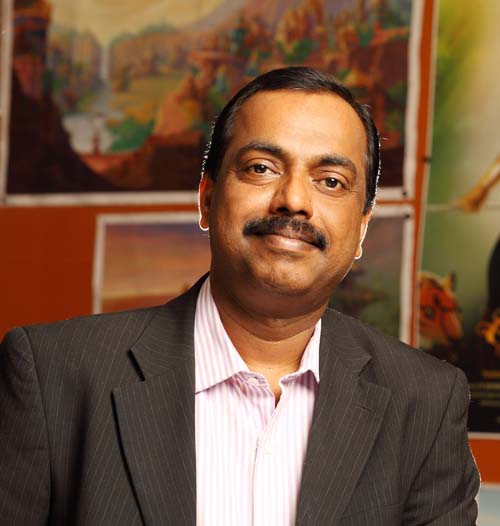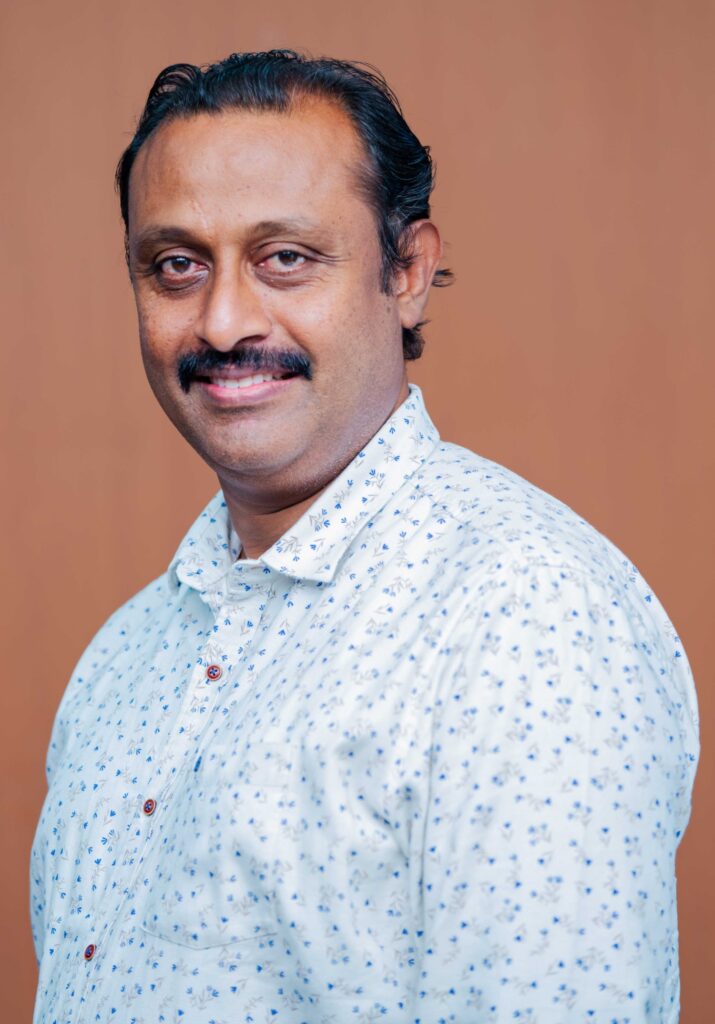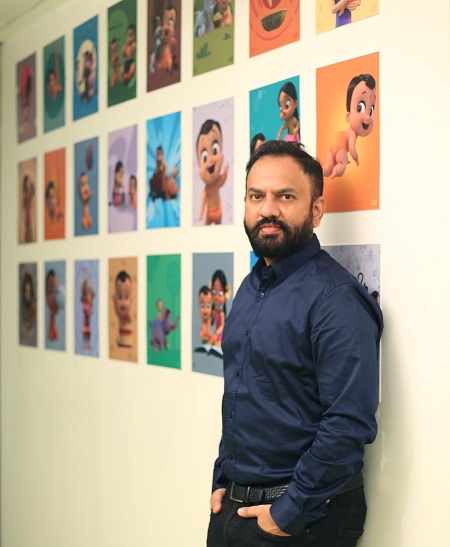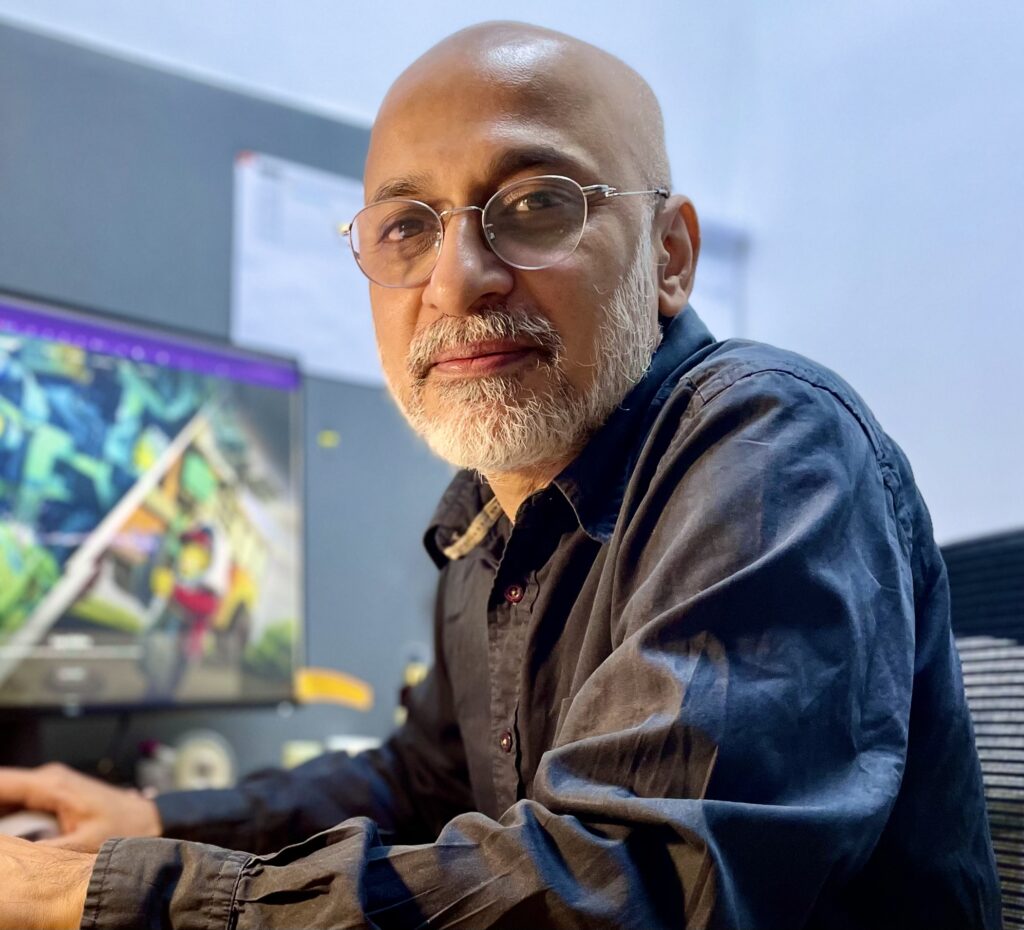
In the vibrant realm of animation, the fusion of artistic ingenuity and technological advancements has always been paramount. However, the landscape shifted significantly in 2023 with the arrival of artificial intelligence (AI), sparking diverse reactions within the industry. While some eagerly embraced AI as a catalyst for streamlining processes, concerns about its potential impact on jobs lingered.
Throughout the dynamic landscape of 2023, the animation industry witnessed a significant surge in the integration of technology. AI, in particular, took center stage as many studios ventured into harnessing its capabilities at various stages of animation production. Yet, the industry’s embrace of AI wasn’t the sole technological leap. The year also saw the adoption of real-time rendering engines, VR/AR experiences, blockchain for content protection, and a host of other innovations that redefined animation production methodologies. This period marked a transformative phase, where the industry not only explored AI’s potential but also diversified its technological repertoire, setting the stage for new creative frontiers
Here’s what some of the industry leaders have to say about AI, other technological trends, government incentives and expectations from the government.
Use of artificial intelligence
In 2023, Charuvi Design Labs (CDL) worked on technologically challenging projects, ranging from designing an immersive experience for a bus to a virtual museum interactive experience.
“While the usual technologies continue to dominate, AI is indeed getting adopted across the pipeline with albeit slow but visible gains. We ourselves are using AI at various stages of the pipeline. Whether it will be a game changer is left to be seen as it is still a tool that hastens the process of execution more than anything else. AI has been around for about two years now and the next few years will be interesting to watch,” said CDL founder Charuvi Agrawal.
CDL has been using AI tools for a year now, and believes that hybrid pipelines can adopt AI with increasing gains.
Zebu Animation Studios is currently using AI as an ideating tool and brainstorming partner during its blue sky sessions.
Toonz Media Group CEO P Jayakumar shared, “Currently, we are using AI technologies in the development phase of our process and we are considering various options to optimise our processes in other phases of animation production as well.”
Reliance Animation Studio CEO Tejonidhi Bhandare shared that his studio is considering AI’s role in script generation and storyboarding, to leverage data-driven insights for personalised content creation. “Additionally, we see the potential for AI in quality control, previsualisation, and dynamic adaptation to viewer feedback. While in the early stages of adoption, we are committed to integrating AI technologies to not only improve efficiency but also unlock new creative potentials in our animated projects.”
Although Green Gold Animation hasn’t included AI in its workflows yet, the studio believes that the technology could be advantageous for streamlining processes, enhancing animation methods, and advancing overall production excellence.
Saffronic studio director Prabhakar Sambandan believes that AI can catalyse animation processes but “IP and legal issues are the downsides of AI that need to be considered.”
Other technology adaptations
2023 was big in terms of technological adoptions. Reliance Animation adopted real-time rendering engines, cloud-based workflows, AI and machine learning, virtual production, blockchain for content protection, VR and AR experiences, 3D printing for stop-motion animation, immersive sound technologies, motion capture and performance capture and advanced simulation software.
Toonz’s Jayakumar feels that Unreal Engine is widely used for creating interactive experiences, simulations, and animations. “Real-time rendering cross-platform support provided by Unreal Engine has improved the efficiency of the animation production process,” he said.
Digitoonz founder and CEO Vikas Kumar said, “Currently we are working on Blender and Unreal Engine. Traditional software is getting very expensive day by day due to which people are encouraged to use an alternative software so that we can pass the cost advantages to the client.”
Zebu Animation Studios founder & creative director Veerendra Patil said that apart from creators, talents and technologists, the Indian animation industry needs to create a space for data scientists. “Until now, animation has been a bipartisan collaboration between technologists and artists. With data as the third core, we can create the right sort of ecosystem where the industry can thrive.”
The Mill – a Technicolor Creative Studio, produced an animated musical short film Life Song on climate change. The song is composed by multiple Grammy-awards winning Ricky Kej and made in partnership with Unicef India and its initiative Generation Unlimited (known as YuWaah in India). For this project, they merged new methods of visual production real-time technologies along with the traditional animation production pipeline to achieve a level of visual fidelity and expressiveness that elevated the overall quality of character animation.
Major trends observed through 2023
Immersive experiences with extended reality (XR), short-form content for digital platforms, nostalgia and reboots, blockchain and NFTs in animation, realistic and hybrid animation, sustainability in animation production, interactive storytelling, and global collaborations are major trends that Bhandare pointed out.
“Stylisation and richness is probably back as a visual element in the industry, with a movement away from hyper realism. There is also more thrust towards developing IP for domestic markets by independent studios,” said Agrawal.
“The industry is experiencing a comeback of nostalgia as new episodes and film adaptations of vintage animations are being produced. This approach shows a deliberate blending of contemporary narrative techniques with timeless themes,” said Green Gold Animation founder & managing director Rajiv Chilaka.
“India is seeing a rising trend in anime style animation and adult animation,” said Kumar. “As per our experience, there is a 30 per cent increase in adult [animated] content.”
“There’s been a noticeable shift towards creating animated content for a more mature audience, exploring themes and genres beyond traditional children’s content. Animated films have evolved to become far more insightful with deeper meanings,” said Jayakumar.
“This exploration of mature themes combined with the proliferation of streaming platforms has fueled the increased animation consumption,” Bhandare explained.
Government initiatives & industry expectations
The central and state governments are taking initiatives in giving a fillip to the industry by pitching for foreign direct investment, opening of new facilities, and generating employment opportunities in the media and entertainment sector. The animation industry especially appreciates these efforts.
“One of the pivotal moments in 2023 is the broadcast ministry’s announcement to increase the incentive for foreign film production to 40 per cent with an increased cap limit to Rs 30 crore. If we can effectively use this, it is going to be a gamechanger for the Indian media and entertainment industry,” pointed out Jayakumar, who is the industry representative for Kerala Government AVGC-XR Task Force.
“The incentives and benefits announced are helpful and with more COEs coming about, things would get easier,” Agrawal said. “Besides these, policies should be put in place for reduction in hardware and software costs. These are still prohibitively expensive for the industry and while we use a lot of open-source software, most studios don’t or cannot as their clients demand it.”
The industry expects support through incentives, subsidies and favourable policies to stimulate growth. It anticipates collaborative efforts in skill-development initiatives, infrastructure development, and the promotion of international collaboration to create content with global appeal, both Bhandare and Chilaka mentioned.
“The 30 per cent incentive programme which is initiated by the government is definitely encouraging and if this continues it will help the industry reach expected milestones,” said Kumar.
“A focus on intellectual property protection, environmental sustainability measures, and support for emerging technologies is crucial for fostering responsible growth,” Bhandare said. “We look forward to government investments in digital infrastructure and connectivity, as well as cultural exchange programs that showcase Indian animation globally. Lastly, formal recognition of the animation industry as a significant contributor to the economy will further validate its importance and attract continued investments and collaborations.”
“Few people are aware of the tax benefits that the Indian government announced in Annecy last year. There isn’t much awareness around it; if awareness increases, co-production will increase. Annecy branding and awareness were fantastic initiatives by the Indian government, but the same can be done at other festivals across the globe,” stated Prabhakar.
Zebu’s Patil hopes that the SEIS scheme, which was discontinued in 2020, is reintroduced. “The current AVGC policy is geared toward companies handling international projects with overseas revenues, leaving a gap in grants or incentives for servicing or developing IP content. Even if selected, the allocated value, provided in the form of grants, is often insufficient for comprehensive project development, be it for shorts, TV series, or feature films. We expect the formulation of a clear AVGC policy tailored for animation and gaming projects, both overseas and Indian,” he said.
Beyond the AI integration, major trends and industry shifts surfaced in 2023, from immersive experiences and nostalgia-driven reboots to a growing emphasis on sustainability and mature storytelling. Government initiatives aimed at fostering the animation sector’s growth and international collaborations were acknowledged but also sparked discussions on policy enhancements, intellectual property protection, and skill development. Industry leaders expressed expectations for supportive policies, subsidies, and infrastructural aid to propel the industry’s evolution, echoing the need for wider awareness about available incentives and tailored policies to foster innovation and content creation.
The year 2023, a pivotal juncture in animation’s technological evolution, set the stage for not just embracing AI but also for envisioning a collaborative future leveraging technology, creativity, and strategic policymaking.
(This article is jointly written by Binita Das and Anshita Bhatt)
This is the second segment of our year-end review on the Indian animation industry. Also read:
India’s animation landscape in 2023: Resilient growth and project milestones
Strategic moves: Indian animation studios set ambitious agenda for 2024







